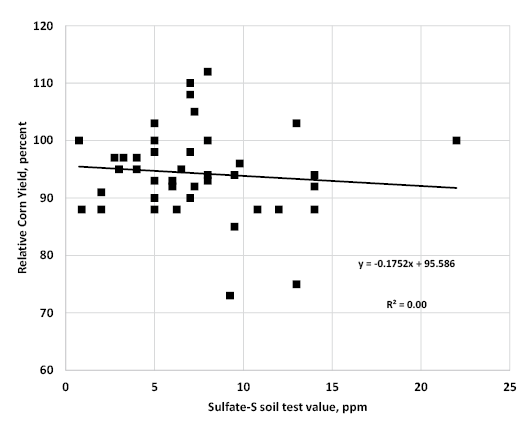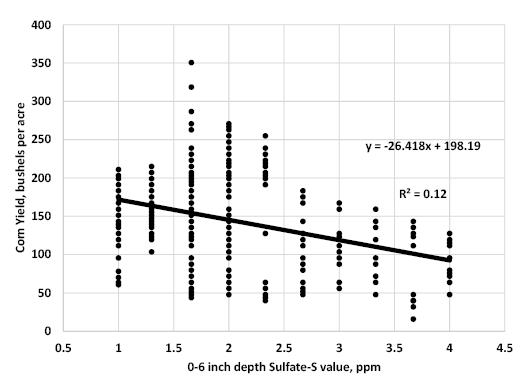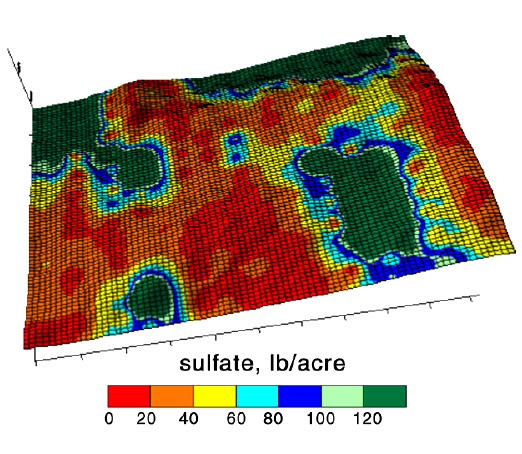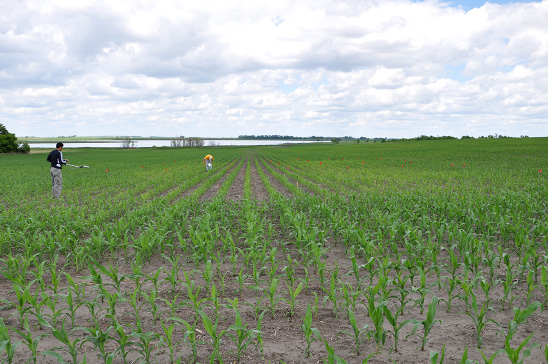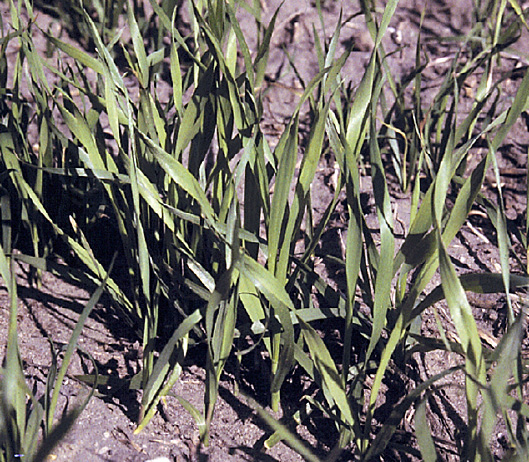Deibert, E.J., S. Halley, R.A. Utter and J. Lukach. 1996. Canola response to sulfur fertilizer applications under different tillage and landscape positions. 1996 annual report to USDA/CSREES/Special Programs North Region Canola and North Dakota Oilseed Council.
Fox, R.L., R.A. Olson and H.F. Rhoades. 1964. Evaluating the sulfur status of soils by plant and soil tests. Soil Sci. Soc. Am. Proc. 28:243-246.
Franzen, D.W., and C.A. Grant. 2008. Sulfur response based on crop, source, and landscape position. p. 105-116. In Sulfur: A Missing Link Between Soils, Crops and Nutrition. J. Jez, ed. Agronomy Monograph No. 50. ASA-CSSA-SSSA, Madison, Wis.
Franzen, D.W., L.K. Sharma, H. Bu and A. Denton. 2016. Evidence for the ability of active-optical sensors to detect sulfur deficiency in corn. Agron. J. 108:1-5.
Harward, M.E., and H.M. Reisenauer. 1966. Reactions and movement of inorganic soil sulfur. Soil Sci. 101:326-335.
Hoeft, R.G., L.M. Walsh and D.R. Keeney. 1973. Evaluation of various extractants for available soil sulfur. Soil Sci. Soc. Am. Proc. 37:401-404.
McKay, K. 1996. Fertility study, McClean County, North Central Research Extension Center Report, Minot, N.D.
Probert, M.E. 1976. Studies on “available” and isotopically exchangeable sulphur in some north Queensland soils. Plant Soil 45:461-75.
Rehm, G.W., and A.C. Caldwell. 1968. Sulfur supplying capacity of soils and the relationships to the soil type. Soil Sci. 105:355-361.
Sawyer, J.E., and D.W. Barker. 2002. Corn and soybean response to sulfur application on Iowa soils. p. 142-156. In North Central Extension Industry Soil Fertility Conference, 2002, Vol. 18. Des Moines, Iowa. Int. Plant Nutrition Inst. Brookings, S.D.
Sawyer, J.E., B. Lang, D.W. Barker and G. Cummins. 2009. Dealing with sulfur deficiencies in crop production: The Iowa experience. p. 64-73. In North Central Extension Industry Soil Fertility Conference, 2009, Vol. 25, Des Moines, Iowa. Int. Plant Nutrition Inst. Brookings S.D.
Schoenaua, J.J., and S.S. Malhi. 2008. Sulfur forms and cycling processes in soil and their relationship to sulfur fertility. p. 1-10. In Sulfur: A Missing Link Between Soils, Crops and Nutrition.
Tabatabai, M.A., and J.M. Bremner. 1972. Distribution of total and available sulfur in selected soils and soil profiles. Agron. J. 64:40-44.
May 2018


